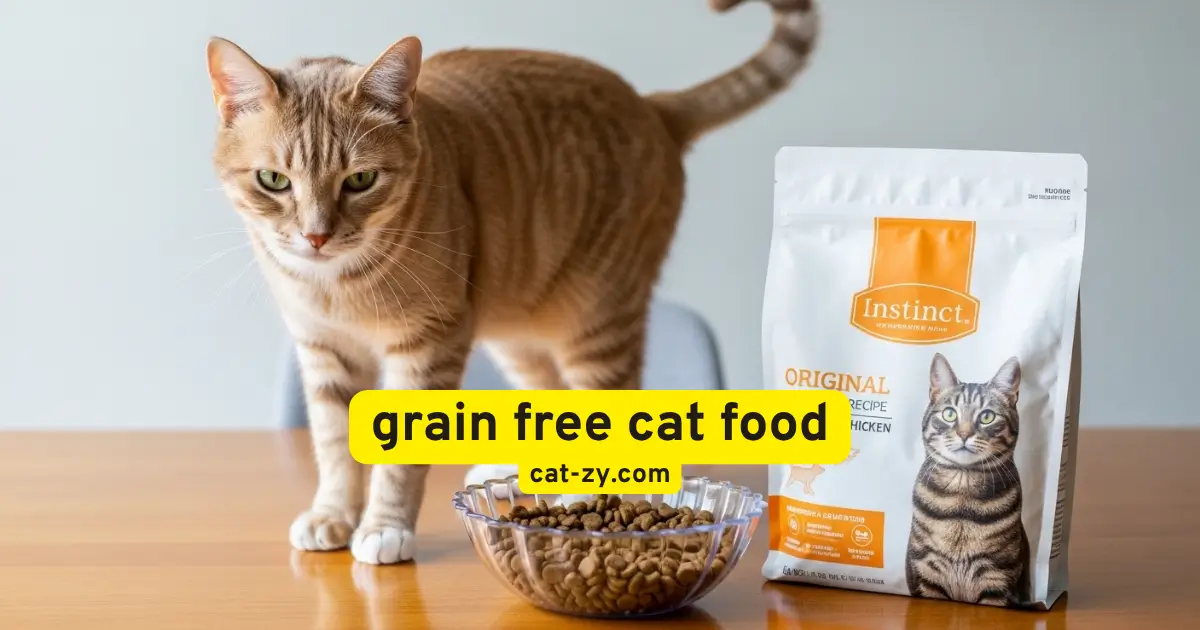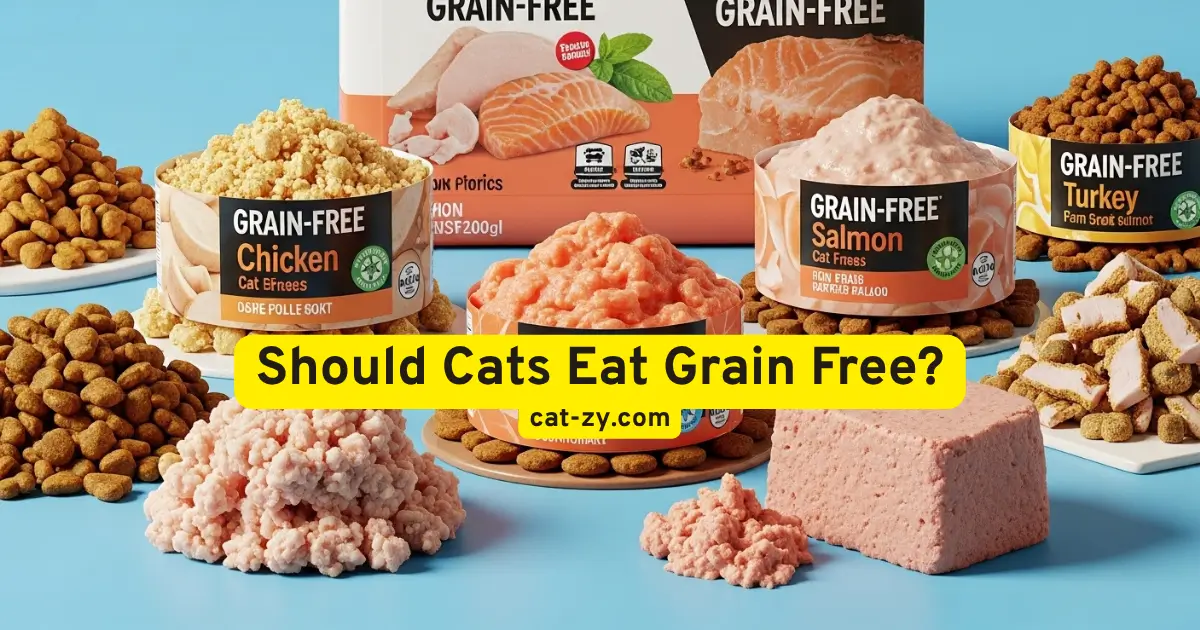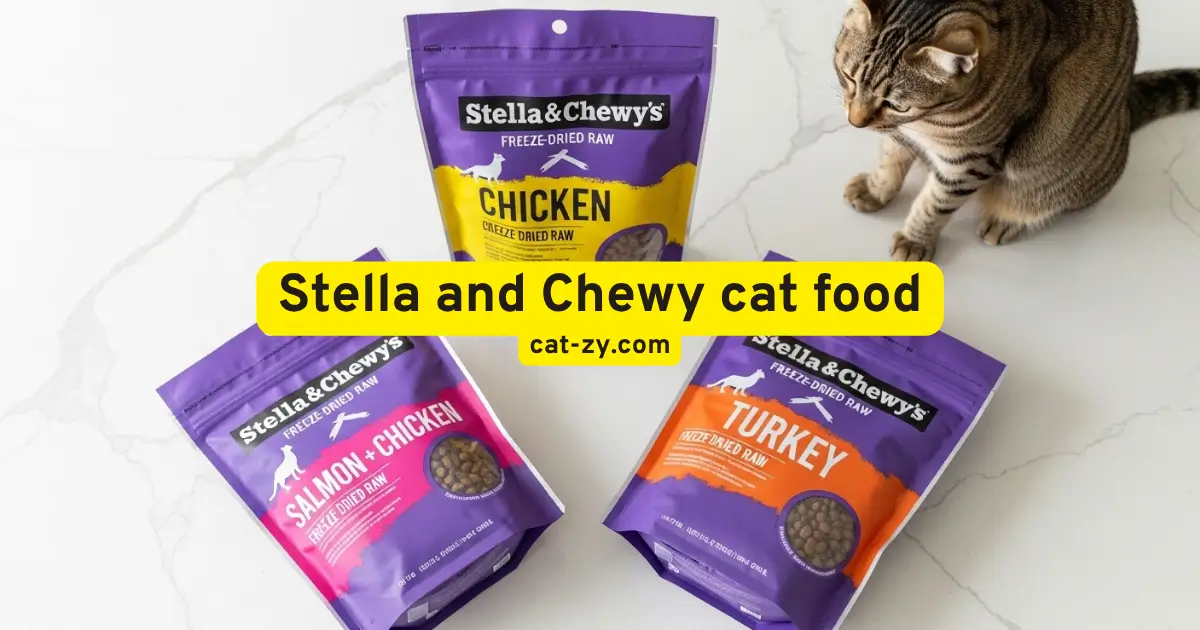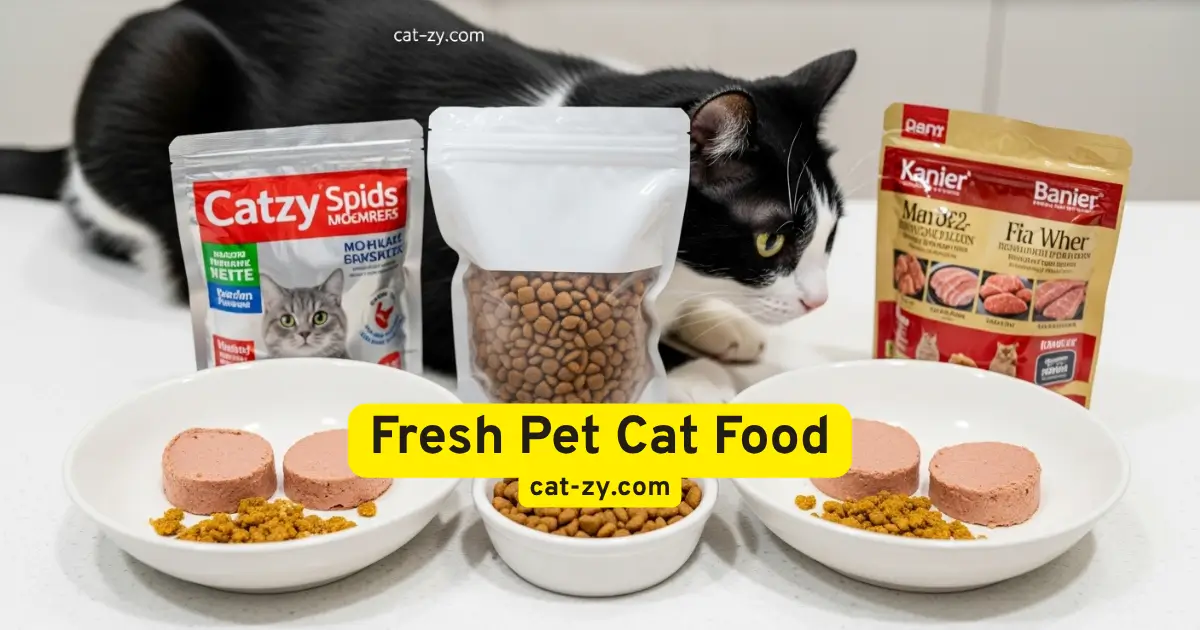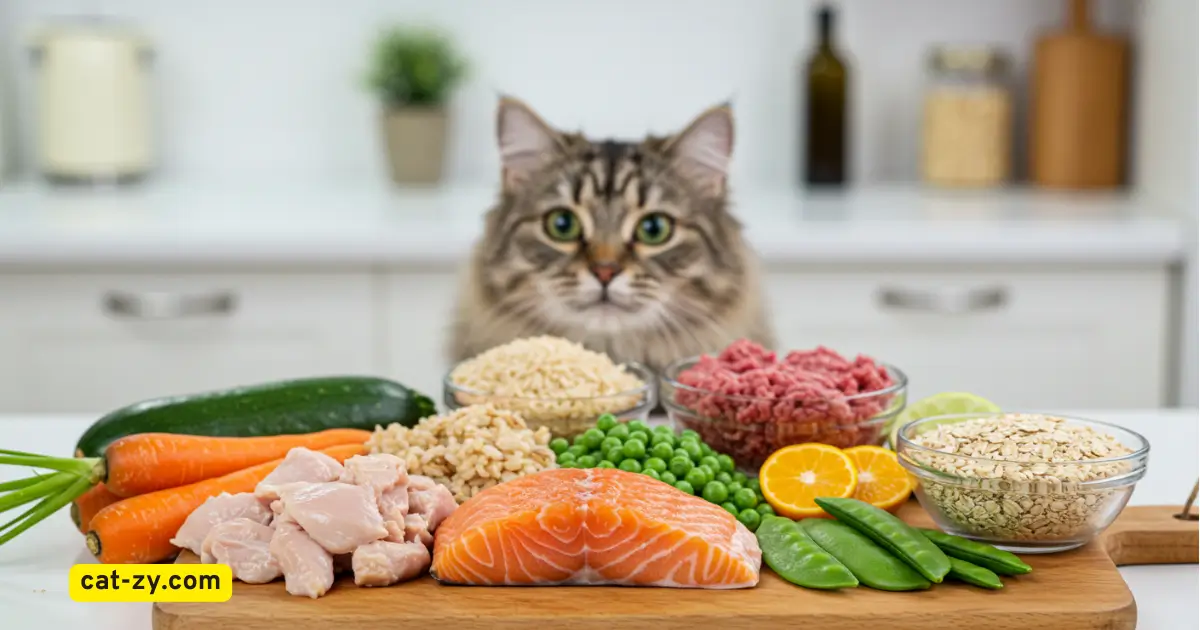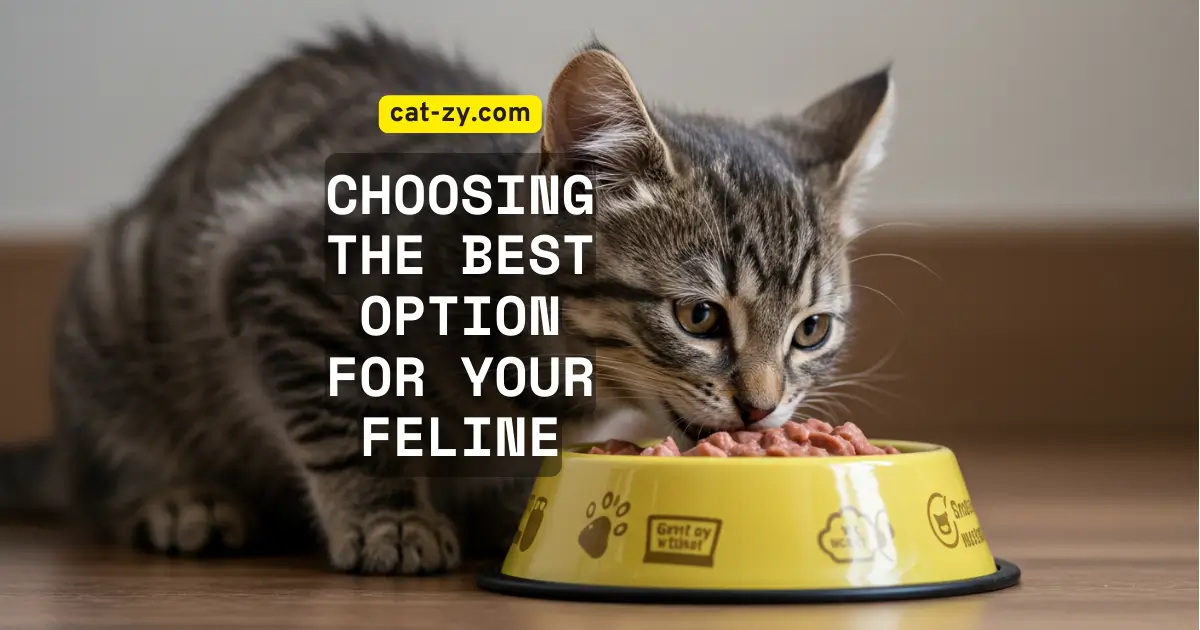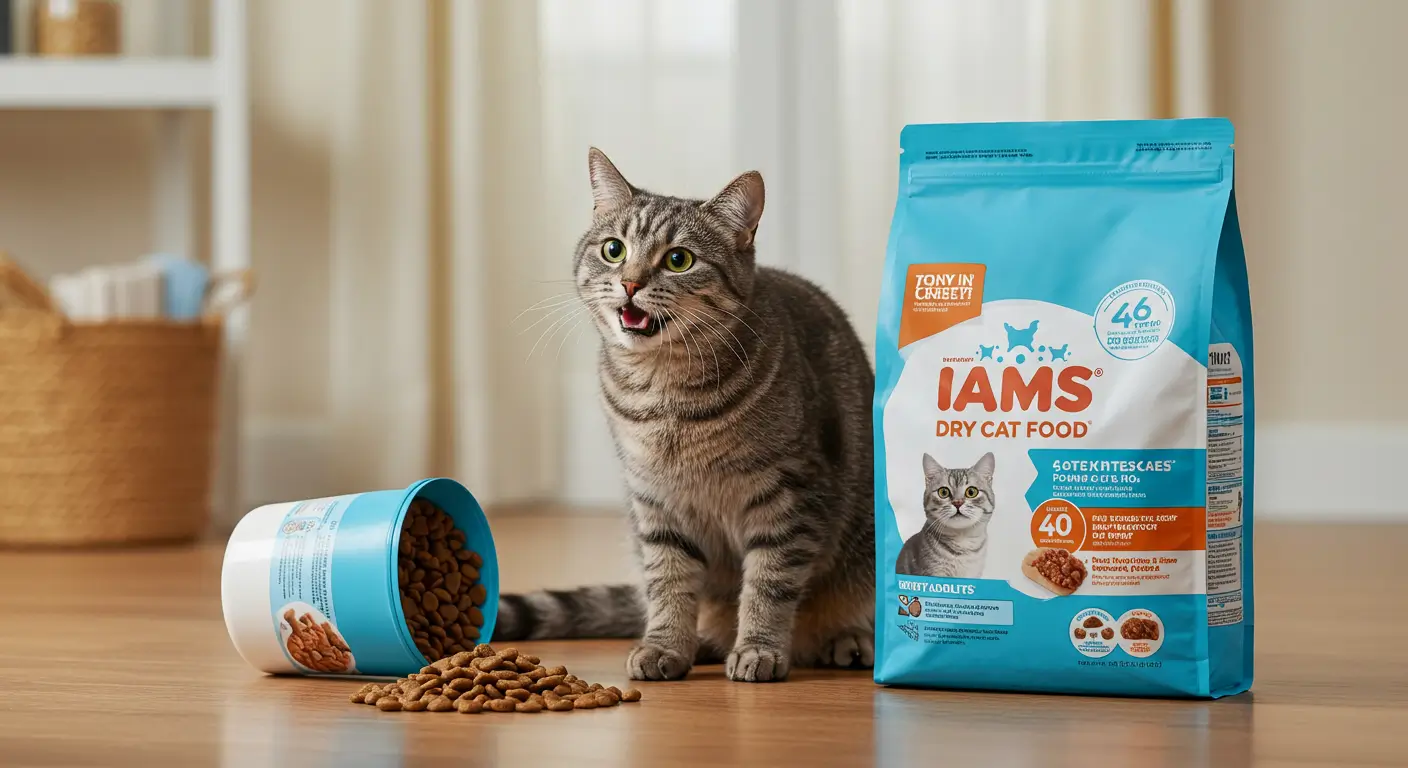Grain Free Cat Food: 7 Shocking Facts Every Owner Should Know
If you’re a cat owner, you might have thought about switching to grain free cat food. You want the best for your pet, and grain-free diets seem natural. But the truth is more complicated.
Choosing the right food for your cat’s nutrition is key to their health. With so many options, it’s important to know the facts. Here, we’ll share 7 shocking facts about grain-free diets that every cat owner should know.
Table of Contents
Understanding Grain Free Cat Food and Its Rise in Popularity
As a cat owner, you might have heard about grain free cat food and wondered if it’s right for your pet. But what does it really mean? The pet food industry has seen a big change towards grain-free diets for cats. This is because many think grains are bad for cats’ health. But is this true?
What Defines Grain Free Cat Food?
Grain free cat food doesn’t have grains like wheat, barley, or rice. Instead, it uses other carbs like potatoes, peas, and lentils. The important thing to remember is that ‘grain-free’ doesn’t mean ‘carb-free’. Manufacturers use other carbs that can be just as important for nutrition.
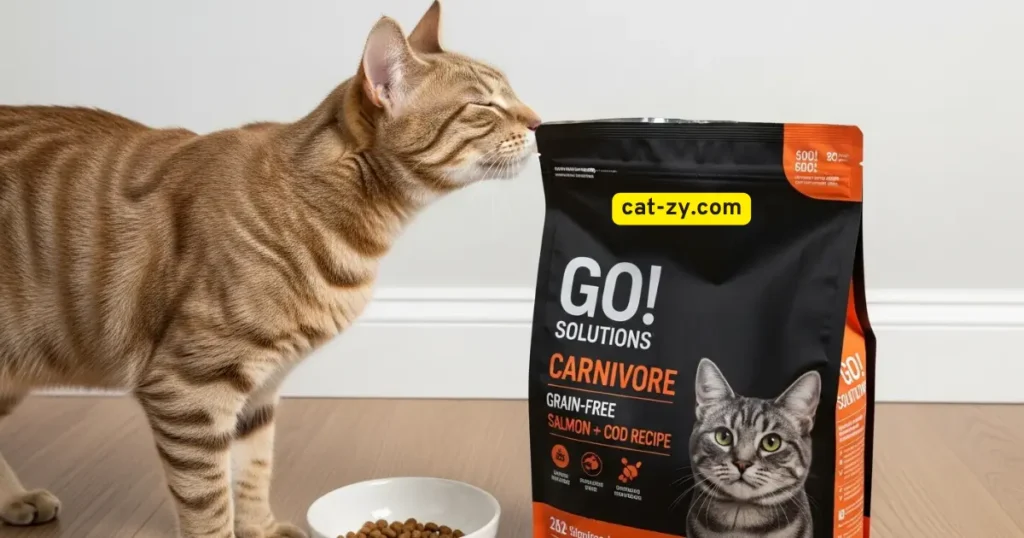
Fact 1: Cats Are Obligate Carnivores – But That Doesn’t Mean Grain-Free
Cats need a diet rich in protein from animal sources. Their natural diet is mostly meat, which is low in carbs and high in protein. But this doesn’t mean grain-free diets are always the best for cats.
The Evolutionary Diet of Cats
Cats have evolved to be meat-eaters. Their diet is high in protein and fat, and low in carbs. Their digestive system is made for meat, with short tracts and special enzymes.
Digestive Capabilities: What Cats Can Actually Process
While cats are meant to eat meat, they can’t digest plant nutrients well. But, they can handle some carbs. The key is to make sure any carbs are of high quality and don’t take away from important nutrients.
The Surprising Health Concerns Behind Grain Free Cat Food
Recent studies have raised alarms about the potential health risks of grain free cat food. Cat owners choose grain-free diets, thinking they are healthier. But new evidence shows these diets might be linked to serious health issues.
The FDA’s Alarming Investigation Into Grain Free Diets
The FDA is looking into a possible link between grain free cat food and heart disease in cats. They started this investigation because of a rise in dilated cardiomyopathy (DCM). DCM makes it hard for the heart to pump blood.
The FDA’s investigation is still going on. But, they have found a possible link between grain-free diets and DCM. They advise cat owners to be cautious and talk to their vets.
The Unexpected Link Between Grain Free Diets and Heart Disease
The connection between grain free cat food and heart disease is a growing worry. Heart disease in cats can take many forms, with DCM being a big risk with grain-free diets.
Dilated Cardiomyopathy (DCM) Risk Factors
DCM makes the heart big, which hurts its ability to pump blood. Risk factors for DCM include not getting enough taurine, an amino acid key for heart health. Grain-free diets might lack certain nutrients, which could contribute to DCM.
Taurine Deficiency Concerns
Taurine is vital for cats, especially for heart health. Not enough taurine can cause DCM and other heart problems. Some grain free cat foods might not have enough taurine, either because of low taurine ingredients or not enough added.
Cat owners need to know these risks. They should make sure their cat’s diet is balanced and meets all nutritional needs. Talking to a vet can help find the best diet for your cat, considering their health needs and the risks of grain free cat food.
Nutritional Truths About Grain Free Cat Food
Grain free cat food is popular among cat owners. But the real nutritional value of these foods is often missed. It’s key to know how grain-free diets affect your cat’s health.

Fact 4: The Substitute Ingredients May Be Worse Than Grains
When grains are taken out, other ingredients are added to keep the food balanced. But these new ingredients might not be better than the grains they replace.
Common Grain Replacements and Their Impact
Legumes and potatoes are often used instead of grains. They have some good points, but they can also harm your cat’s health. Legumes, for example, are hard for cats to digest because of their complex carbs and proteins.
Legumes, Potatoes, and Other Fillers
Legumes like lentils and chickpeas, and potatoes are common in grain free cat food. They make the food cheaper and bulkier. But their nutritional value is a topic of debate. It’s important to check if these ingredients are good for your cat’s health.
Fact5: Protein Source Quality Trumps Grain-Free Labels
The protein quality in your cat’s food is more important than whether it’s grain-free. Cats need a lot of animal proteins because they are meat-eaters. Look for foods with named protein sources like chicken or salmon as the first ingredient.
Choosing grain free cat food means more than just avoiding grains. It’s about finding foods with good, nutritious ingredients that fit your cat’s needs. Always check the labels and talk to your vet to find the best food for your cat.
Making Informed Decisions About Your Cat’s Diet
Choosing the right cat food is important. You want the best for your pet, and that includes their diet. Knowing about grain free cat food can help you make the right choice for your cat.
When Grain Free Diets Are Actually Beneficial
Grain-free diets are good for some cats. They are helpful if your cat has a true food allergy or intolerance to certain grains. Identifying these allergies is key to deciding if a grain-free diet is necessary.
Identifying True Food Allergies vs. Marketing Hype
It’s important to know the difference between real food allergies and marketing tricks. Talk to your vet to see if your cat’s symptoms are from a food allergy or something else. A proper diagnosis is crucial before switching to a grain-free diet.
Special Cases: When to Consider Grain Free Options
Certain health conditions or sensitivities might make grain-free diets a good choice. Your vet can tell if your cat needs this. Grain-free should be a considered choice, not a default.
The Price Premium Doesn’t Always Equal Better Nutrition
Premium cat foods, including grain-free options, are often more expensive. But a higher price doesn’t always mean better nutrition. Look at the ingredient list and nutritional content, not just the price or marketing claims.
When picking a cat food, think about your cat’s needs. Talk to your vet to make a good choice. This way, you can make sure your cat gets the best nutrition.
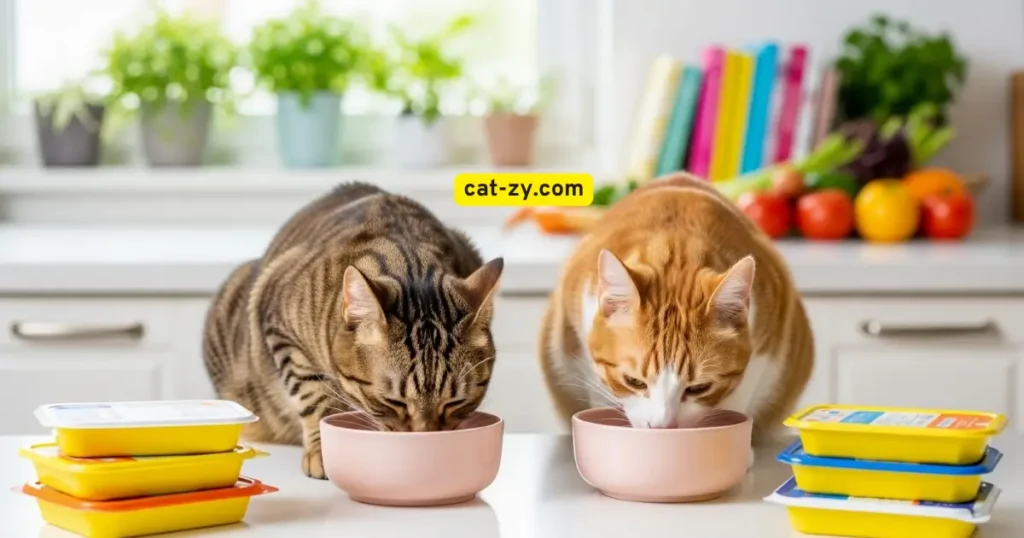
Conclusion: Balancing Facts and Marketing When Choosing Your Cat’s Food
As a cat owner, you now know how to pick the right cat food. You can see through the marketing to focus on what’s best for your cat’s health.
It’s important to look at more than just the label. Check the nutritional content, the quality of the protein, and any health risks. This way, you can choose the best food for your cat.
Knowing the good and bad about grain free cat food is key. Always talk to your vet to find the best diet for your cat. This helps you make a smart choice for your cat’s food needs.
FAQ
What is grain free cat food?
grain free cat food doesn’t have grains like wheat, barley, or rice. Instead, it uses other carbs like potatoes, sweet potatoes, and legumes.
Are cats obligate carnivores, and does that mean they need grain-free food?
Yes, cats must eat a lot of protein from animals. But, they don’t always need grain-free food. What matters most is the quality of the ingredients and how the diet is made.
What are the potential health concerns associated with grain free cat food?
Grain free cat food might raise the risk of heart problems and taurine deficiency. The FDA is looking into heart issues in cats eating these diets. But the exact cause is still being studied.
What are common grain replacements in grain free cat food, and are they safe?
Legumes, potatoes, and sweet potatoes are often used instead of grains. While they’re nutritious, eating too much of them might not be good for cats. It could lead to nutritional imbalances.
Is a grain-free diet beneficial for cats with food allergies?
Grain-free diets can help cats with grain allergies. But most cats are allergic to proteins like beef or chicken, not grains. It’s important to find out what they’re allergic to and choose the right diet.
Does a higher price for grain free cat food mean it’s better for my cat?
Not always. Even though some grain-free foods are expensive, that doesn’t mean they’re better. Always check the ingredients and talk to your vet before choosing a food.
How can I make an informed decision about my cat’s diet?
Think about your cat’s needs, health, and lifestyle. Talk to your vet to find the best diet. Look closely at the ingredients and nutritional content of any food you’re considering.

